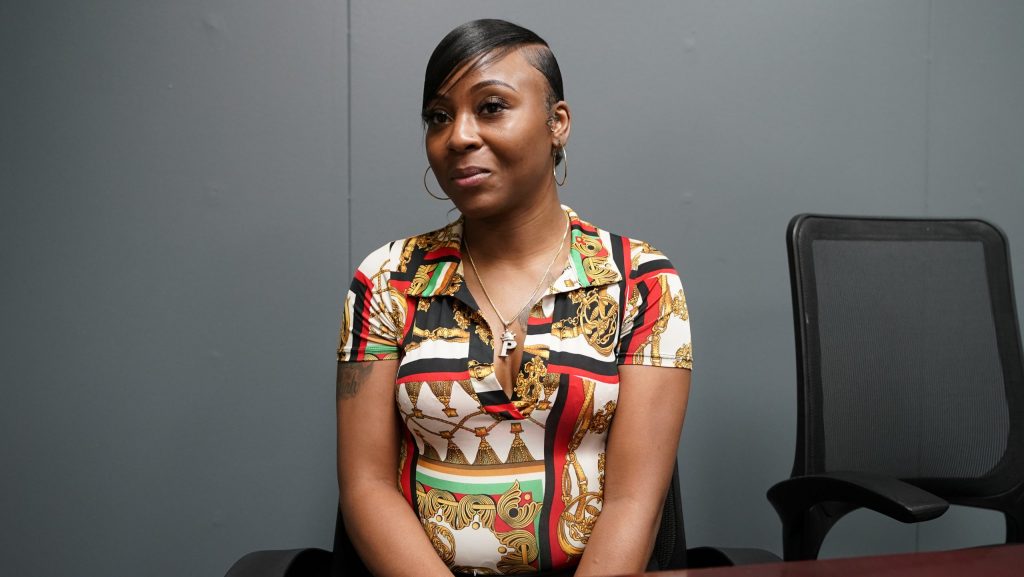Created Equal: Detroit to adopt new rules for use of facial recognition technology by police
Madison Ganzak July 18, 2024NYTimes technology and privacy reporter Kashmire Hill joined the show to discuss the limits of privacy as it relates to AI and the new rules adopted by the city of Detroit.

Detroit resident Porcha Woodruff is among the three individuals who sued the Detroit Police Department after being falsely arrested because of facial recognition software.
As Artificial Intelligence continues to change how we interact and move through the world, not everyone may be aware of how invasive the technology can actually be — and in some case — already is.
Just last month, the city of Detroit adopted new rules for police use of AI facial recognition technology, after the American Civil Liberties Union sued on behalf of three residents who were wrongfully arrested as a result of the technology.
Kashmir Hill is a features writer on the business desk at The New York Times, covering technology and privacy. Hill joined Created Equal on Thursday to discuss the limits of privacy as it relates to this technology and the new rules adopted by the city of Detroit.
Subscribe to Created Equal on Apple Podcasts, Spotify, Google Podcasts, NPR.org or wherever you get your podcasts.
Guest:
Kashmir Hill is a features writer at The New York Times covering privacy, artificial intelligence and surveillance, and the author of the book “Your Face Belongs to Us.” As AI has continued to develop over the years, Hill says computers have become a lot more powerful because of the data that is given to them, and how they find their own ways to process and understand it.
“Computers have gotten better at AI because they are able to digest so much data and look for patterns in it,” said Hill. “When police first started using facial recognition in the early 2000s, it really didn’t work that well, computers struggled to be able to recognize that two different photos of somebody were the same person if they had facial hair or they were looking away from the camera. It was pretty good at taking two mugshots or drivers’ license photos and comparing them, but it didn’t work in other conditions. So, the technology got more powerful, and I like to talk about facial recognition because it’s such a specific example of AI, and it’s kind of easy to wrap your head around.”
Listen to Created Equal with host Stephen Henderson weekdays from 9-10 a.m. ET on 101.9 WDET and streaming on-demand.
